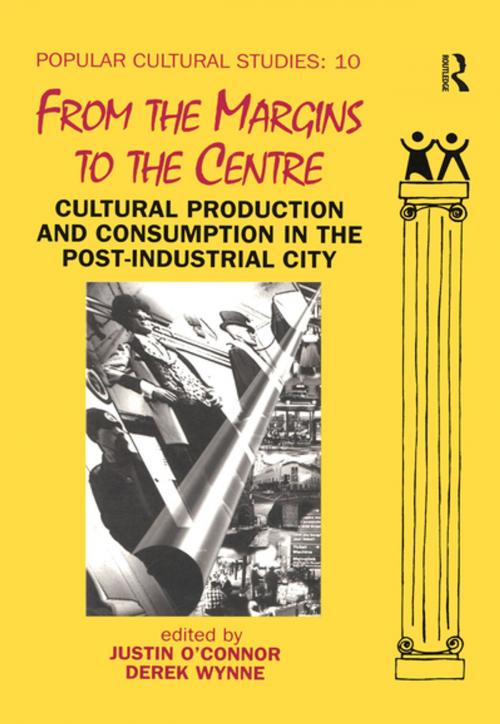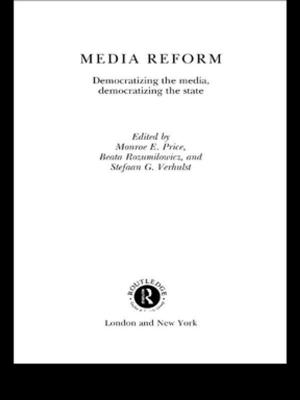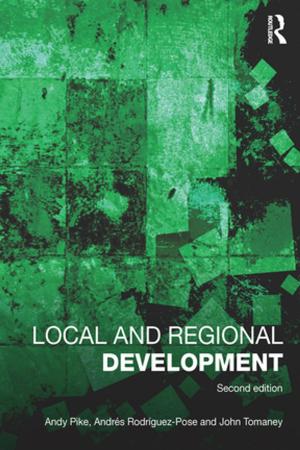From the Margins to the Centre
Cultural Production and Consumption in the Post-Industrial City
Nonfiction, Social & Cultural Studies, Social Science| Author: | Justin O’Connor, Derek Wynne | ISBN: | 9781351935326 |
| Publisher: | Taylor and Francis | Publication: | July 5, 2017 |
| Imprint: | Routledge | Language: | English |
| Author: | Justin O’Connor, Derek Wynne |
| ISBN: | 9781351935326 |
| Publisher: | Taylor and Francis |
| Publication: | July 5, 2017 |
| Imprint: | Routledge |
| Language: | English |
The title of this book, From the Margins to the Centre, refers to three related themes that have run closely together in the debates on the city in the 1980s and 1990s. Firstly a process of restructuring in which activities previously deemed peripheral to the 'productive' city have now moved centre stage; that is, a concern with culture, consumption and image. Secondly, the notion of gentrification, whereby a reversal of the movement out of the city centre by the affluent classes results in a re-centralisation of previously marginal areas of the city centre. Thirdly, a process whereby previously marginal groups and their activities have been made central to the city - and have made the city centre central to themselves. Each of the chapters in this volume derives from recently conducted research grounded in an attempt to examine some of the issues posed in what can be described as postmodernist theorising on the nature of the contemporary city. A strong current of such thought has placed the multiple uses of city spaces at the centre of its claims for the construction and deconstruction of identities. The prolification and fragmentation of patterns of cultural production and consumption, it is claimed, makes the city a complex field of conflicting activities whose juxtaposition undermines traditional cultural hierarchies. Across this field identity becomes fluid in a way that uncouples its connection with the fixed categories of class, gender and ethnicity. While such positions point to a dominant role for culture in contemporary society, there has been little discussion or investigation of the social practices whereby this is effected. This book attempts an investigation of such practices. Implicit in the very conception of the book, and running through each of the contributions, is the view that contemporary popular culture is crucial to the understanding of the transformations to which we refer, and that the investigation of this popular culture needs
The title of this book, From the Margins to the Centre, refers to three related themes that have run closely together in the debates on the city in the 1980s and 1990s. Firstly a process of restructuring in which activities previously deemed peripheral to the 'productive' city have now moved centre stage; that is, a concern with culture, consumption and image. Secondly, the notion of gentrification, whereby a reversal of the movement out of the city centre by the affluent classes results in a re-centralisation of previously marginal areas of the city centre. Thirdly, a process whereby previously marginal groups and their activities have been made central to the city - and have made the city centre central to themselves. Each of the chapters in this volume derives from recently conducted research grounded in an attempt to examine some of the issues posed in what can be described as postmodernist theorising on the nature of the contemporary city. A strong current of such thought has placed the multiple uses of city spaces at the centre of its claims for the construction and deconstruction of identities. The prolification and fragmentation of patterns of cultural production and consumption, it is claimed, makes the city a complex field of conflicting activities whose juxtaposition undermines traditional cultural hierarchies. Across this field identity becomes fluid in a way that uncouples its connection with the fixed categories of class, gender and ethnicity. While such positions point to a dominant role for culture in contemporary society, there has been little discussion or investigation of the social practices whereby this is effected. This book attempts an investigation of such practices. Implicit in the very conception of the book, and running through each of the contributions, is the view that contemporary popular culture is crucial to the understanding of the transformations to which we refer, and that the investigation of this popular culture needs















